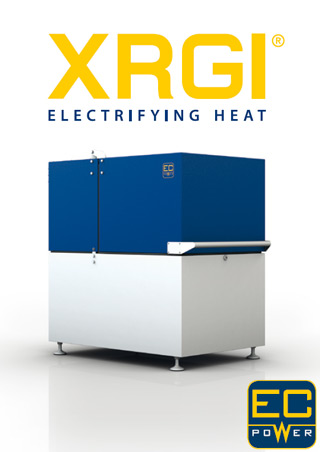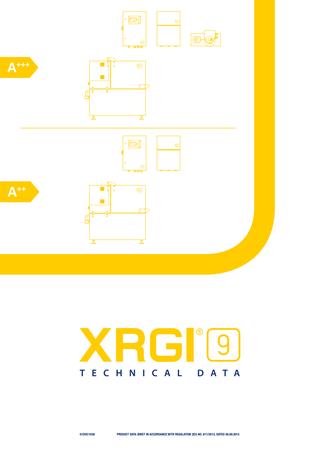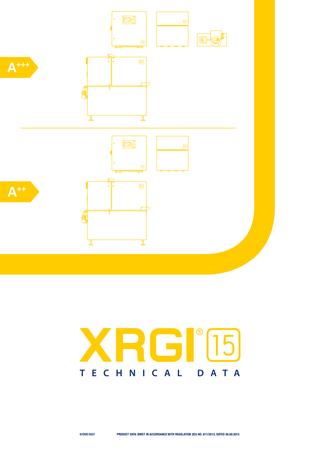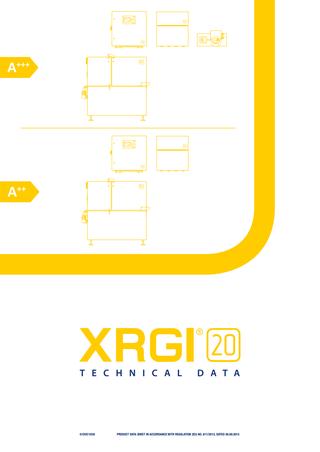Cogeneration of Heat & Power (CHP)

Cogeneration, (or combined heat andpower - CHP), is a technique allowing the simultaneous production of usefulheat and power in a single only process. Both forms of energy are used to feeda building or a district.
Themost common type of cogeneration unit which is mainly used in medium and smallscale applications is cogeneration through a reciprocating gas engine. The mainparts of such a unit are the following:
- Internal combustion engine
- Generator of electric power
- Heat recovery system
The engine, which is usually fedwith natural gas, drives an electric energy generator. The energy produced bythis generator is used to feed a nearby installation or district and the excessamount of it, is delivered to the central distributionnetwork. In the same time the heat recovery system which is mainly comprised ofa water circulating circuit, cools the engine, the generator and the exhaustgases. This hot water is then driven into the building and is used to cover theheat demands of the installation.
The technology of CHP
Energy Balance
Traditional power stations usually burn fossil fuels such as diesel or lignite and convertinto electricity, approximately 1/3 of the energy contained in the fuels. Therest 2/3 which have been converted into thermal energy are rejected into theenvironment as ‘waste’ energy.
On the contrary, cogeneration uses part of this ‘waste’ energy to cover the demandin hot water and heating of an installation (hotel, hospital, greenhouse) whichin other case should be covered from other sources such as electric or dieselboilers.
Inthis way, cogeneration improves significantly the exploitation level of thefuel, which can reach 90% and saves a large amount of energy when compared withthe traditional, separate production of heat and power.

Compoment parts
Theprime mover of a CHP unit is typically a reciprocating internal combustionengine which works with gas fuel such as natural gas, bio gas, propane etc. Forlow power demand (<30 kW) these engines are usually car engines which havebeen properly converted. For larger values of power,Diesel engines areused with appropriate conversion ofpiston heads,and additionof a spark ignition system.
Generator
Generators used in such systems are three-phase motorsand usually water-cooled. Theyare also equipped with an automatic disconnection systemin case of a network outage, and where necessary, they arefitted with a power factor optimization system accordingto the demand as well as, a controlsystem of harmonic components.
Heat recovery system
One or more heatexchangers areused to recover the heatfrom the water which cools the body of theengine, the generator and the exhaust. This heat isused as an input at the water heating system of the installation. It can bealso used to produce domestic hot water for homes, hotels or leisure facilites.
Control system
The controlsystem is responsible to control the flow of energy accordingto the power and heat demand of the facility. Byanalyzing thesedata, it sets each time the engine speed. This system, amongother things gives three different options forthe system’s operation:
- Thermally lead
In this operational mode, thermal loads are those to count most for the operationof the system.
- Electrically lead
In this operational mode, electrical loads are those to count most for theoperation of the system.
- Economically lead
Here, the energy produced depends on the actual price ofthe gas, the electrical energy price as well as the price of the thermalenergy. The goal is to achieve the maximum economic benefit.

Benefits for User
Increased efficiency of conversion and energy usage. Cogeneration is the mosteffective and efficient form of electricity and heat production
Less emissions to the environment, especially CO2, the most important gas which is due to the greenhouse
Significant opportunity to promote decentralized power generation solutions, whereCHP plants are designed to meet the needs of local consumers, providing high efficiency, avoiding transmission losses and increasing flexibility in the system. Thisadvantage is particularly important when natural gas is used as main fuel.
Improved, local and global, energy security can reduce the chances of a blackout in electricity and / or thermal energy. Additionally, the reducedneed for fuel by the CHP, reduces dependence on imports - a crucial challenge for the energy future of Greece and Europe.
The installation of a CHP in a residential, commercial or a hotel facility is simple andfast, while the whole unit takes up no more than 2m2.
Applications of CHP
A cogenerationunit can be installed in an existing facility, butmay be introduced as a main source of energy at thedesigning stage of a new one,offering better features and easier implementation optionsof the entire energy system (cooling - heating – electricity).Examples where the CHP is acompetitive and attractive option are:
- Government buildings and building services
- Hotels
- Hospitals
- Greenhouses
- Industries - Manufactures
- Shopping
- Universities
- Gym and swimming facilities
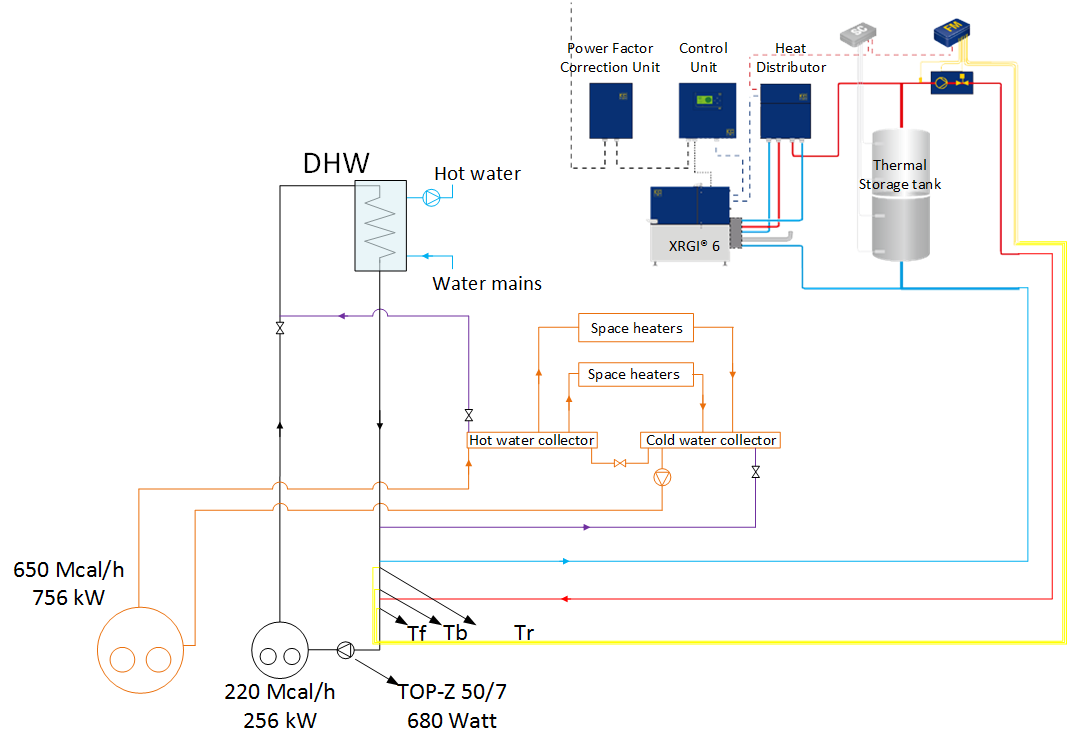

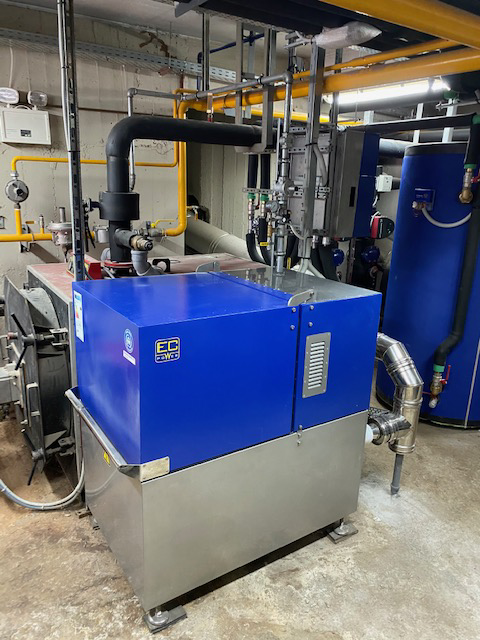
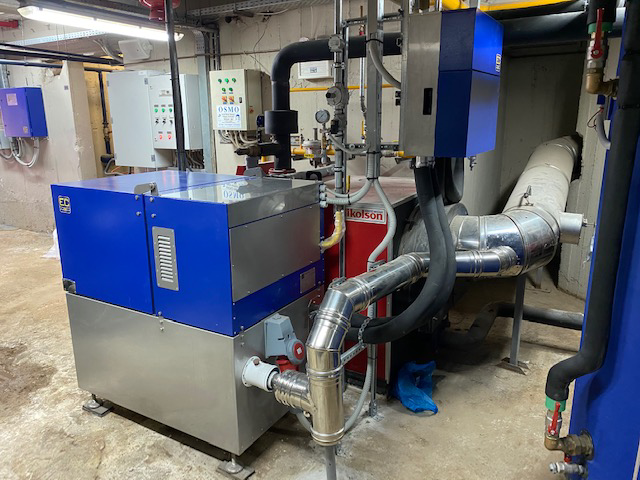
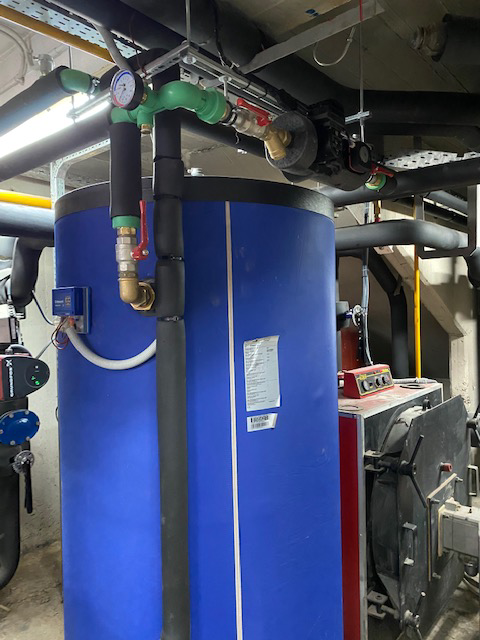
Legislation - Prospects in Greece
Act 3468 of 2006 defines as CombinedHeat and Power production (CHP), the technique of energy production whichensures saving of primary energy (fuel) at least 10% when compared with theheat and electricity produced in separate processes.
Moreover, small-scale cogeneration is defined as the plant with an installedelectrical power of less than 1 MWe and micro cogeneration the one with less than 50 kWe, regardless of thepercentage of saving of primary energy (fuel).Power stations of these two categories are exempted from licensing theproduction, installation and operation. Instead, they are obliged to complywith the environmental permitting processes and regulations.Electricity producers can sell the surplus energy at the distributionnetwork. The surplus, however, may not exceed 20% of the total annualelectricity produced.
The price of energy for sale isdetermined by the law of 2010 and 3851 depends on:- The location of the unit (interconnected – not interconnected network)- The maximum electrical power (MWe) that the unit can produce - The average price of gas the current quarter.
For example, for a unit of 20kWewhich is connected to the distribution system, the price for the quarter October - December 2010 amounted to 129,1328 ? / MWh.
Ιf the owner of the unit uses the exhaust gases for agricultural purposes(eg in a greenhouse), the price increases at 154,9594 ? / MWh
In addition to this, if theunit has been manufactured only with own funds, without subsidy or taxexemption, the price stands at 178,2033 ? / MWh
Finally, an additional optionthat gives the new law (3851) for RES and CHP is the possibility of consumingthe electricity at a different site than the production site. The CHP producercan transfer the electrical energy from the production site at the consumptionsite through the transmission system and pay the fees for this use.
BROCHURES: DOWNLOAD THE PDFs
- EC_POWER_EN_brochure.pdf
- EC_POWER_EN_technical_data_XRGI_6.pdf
- EC_POWER_EN_technical_data_XRGI_9.pdf
- EC_POWER_EN_technical_data_XRGI_15.pdf
- EC_POWER_EN_technical_data_XRGI_20.pdf
BROCHURES - VIEW THEM ONLINE:

